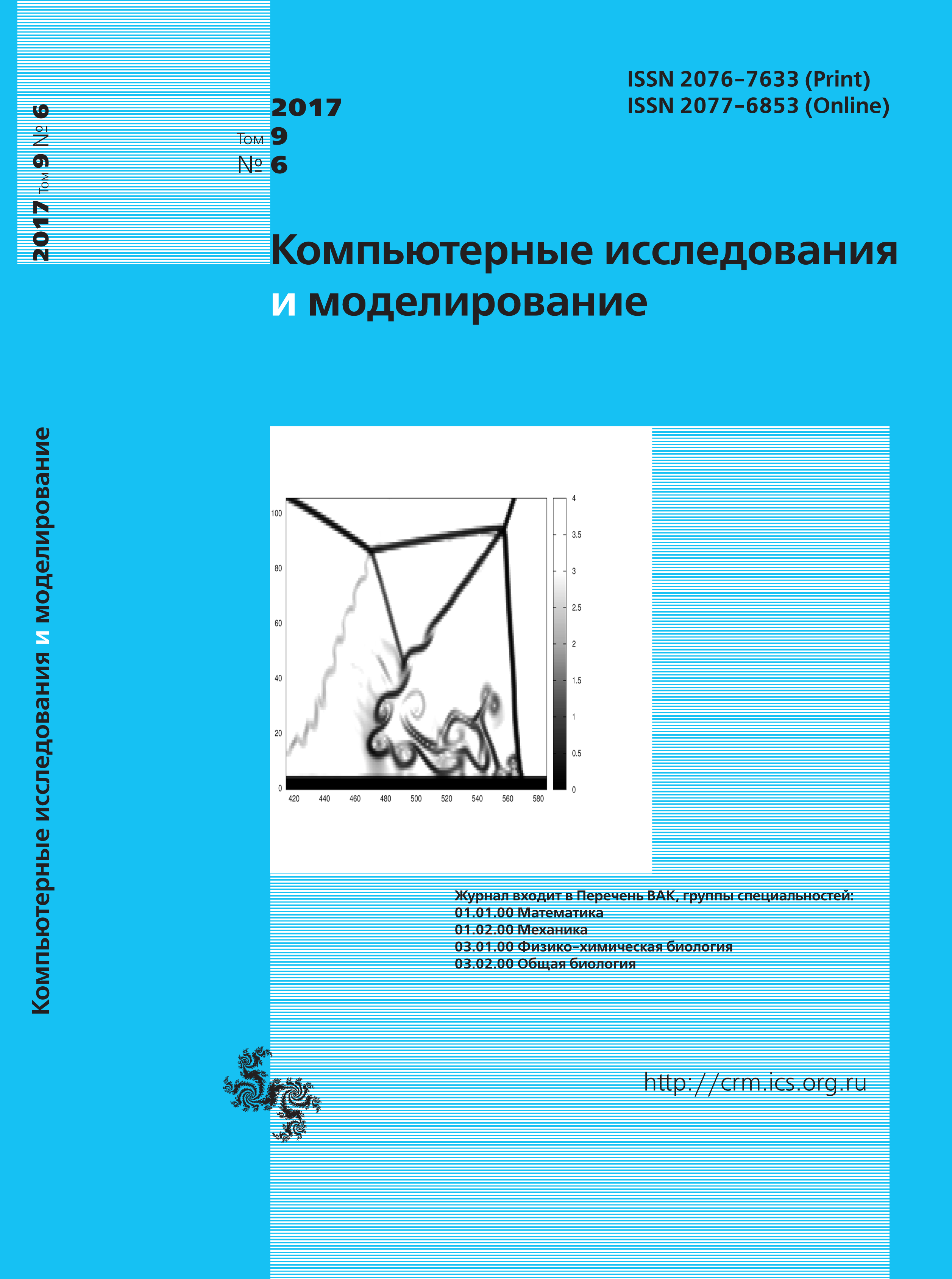All issues
- 2024 Vol. 16
- Issue 1 (special issue)
- 2023 Vol. 15
- 2022 Vol. 14
- 2021 Vol. 13
- 2020 Vol. 12
- 2019 Vol. 11
- 2018 Vol. 10
- 2017 Vol. 9
- 2016 Vol. 8
- 2015 Vol. 7
- 2014 Vol. 6
- 2013 Vol. 5
- 2012 Vol. 4
- 2011 Vol. 3
- 2010 Vol. 2
- 2009 Vol. 1
High-speed penetration. Discrete-element simulation and experiments
The paper presents the results of numerical simulation and experimental data on the high-speed penetration of the impactor into the obstacle. In the calculations, a discrete-element model has been used, based on the representation of the impactor and the target by a set of close packed interconnected particles. This class of models finds an increasingly wide application in the problems of high-speed interaction of bodies. In the previous works of the authors, the questions of application of the discrete-element model to the problem of the penetration of spherical impactors into massive targets were considered. On the basis of a comparative analysis of the data of computational and physical experiments, it was found out that for a wide class of high-speed penetration problems, a high accuracy of discrete-element modeling can be achieved using the two-parameter Lennard–Jones potential. The binding energy was identified as a function of the dynamic hardness of materials. It was shown that the use of this approach makes it possible to describe accurately the penetration process in the range of impactor velocities 500–2500 m/c.
In this paper, we compare the results of discrete-element modeling with experimental data on penetration of high-strength targets of different thickness by steel impactors. The use of computational parallelization technologies on graphic processors in combination with 3D visualization and animation of the results makes it possible to obtain detailed spatio-temporal patterns of the penetration process and compare them with experimental data.
A comparative analysis of the experimental and calculated data has shown a sufficiently high accuracy of discrete-element modeling for a wide range of target thicknesses: for thin targets pierced with preservation of the integrity of the deformed impactor, for targets of medium thickness, pierced with practically complete fragmentation of the impactor at the exit from the target, and for thick impenetrable targets.
Indexed in Scopus
Full-text version of the journal is also available on the web site of the scientific electronic library eLIBRARY.RU
The journal is included in the Russian Science Citation Index
The journal is included in the RSCI
International Interdisciplinary Conference "Mathematics. Computing. Education"







